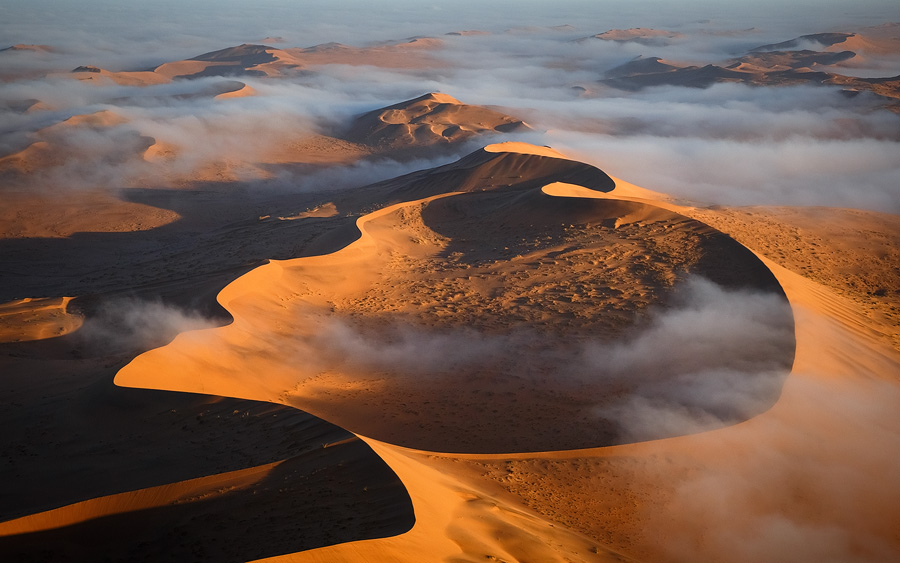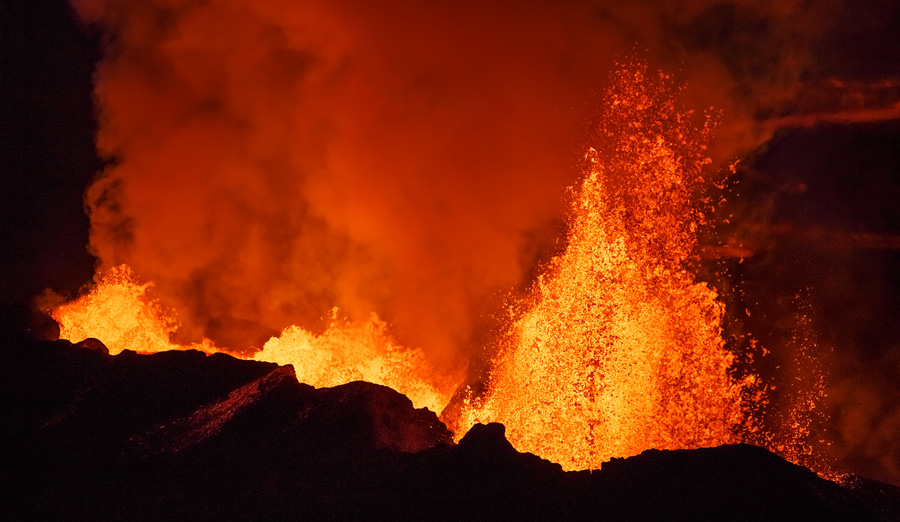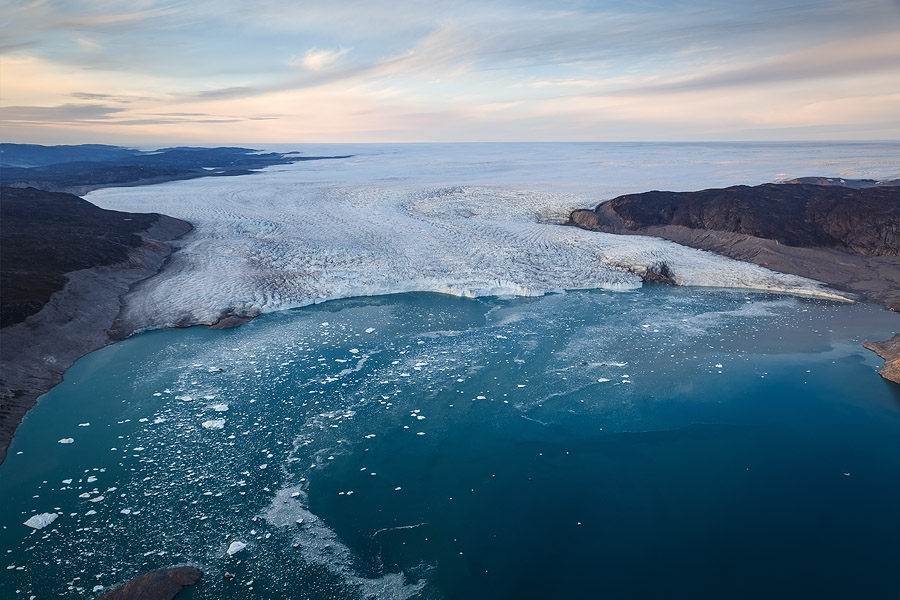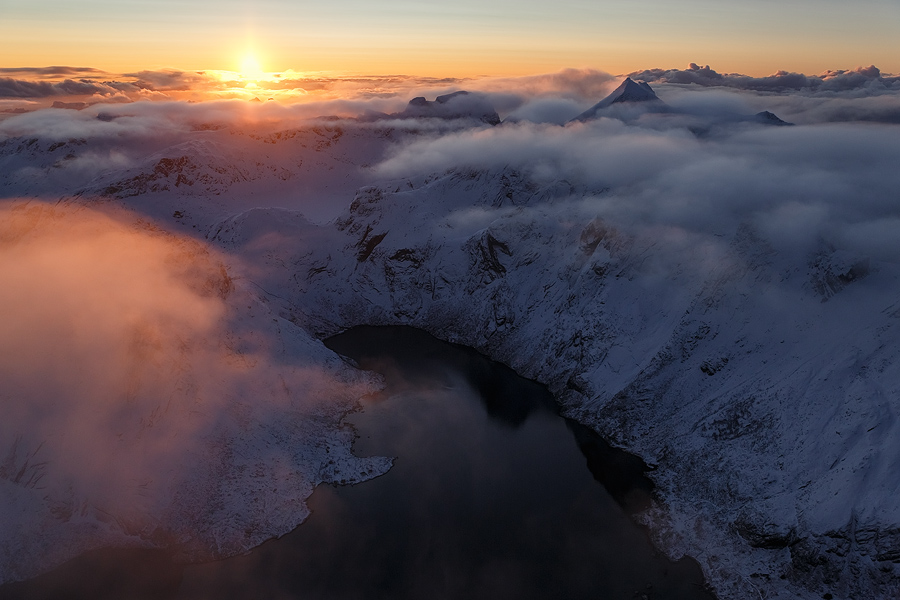Erez Marom Photography
The Good, the Bad and the Ugly of Aerial Photography - Part 3: Equipment
Posted on 26th November, 2016 - Back to Blog Listings
In previous articles I've discussed the advantages of aerial photography and shooting from a helicopter as opposed to shooting from a light plane. But are there any special considerations with regard to equipment when shooting from the air?
Since we’ve already established that it’s the superior choice (at least in my opinion), let’s concentrate on the helicopter first. An open door gives the photographer a vast range of angle options, and selecting the equipment can be difficult at first. You can find many good compositions with ultra-wide angles all the way to telephoto lenses.
From my personal experience, the majority of my shots were taken with the wider end of a 24-70mm lens, i.e. If you only take one camera body (and don’t plan to switch lenses on the helicopter), take either a 24-70 or an ultra-wide such as a 16-35. Remember that an ultra-wide might come in handy at times, but when a need for longer focal length comes, it might lack the reach.
Naturally, lens selection also depends on the subject: if you know you'll be shooting grand landscapes, use a wider focal length. If you're interested in capturing detail or if you're limited in your ability to get close to the subject, use a longer lens.

I highly recommend taking 2 camera bodies to an aerial shoot. If you do that, you can use another lens without switching it in midair, which can be complicated, not to mention extremely dangerous in case it goes flying out of the open door or window. The extra lens can be an ultra-wide but I personally prefer a telephoto. With a longer lens you can really delve into the fine detail of your subject, which might be hidden when shooting from the ground, and capture unique perspectives and interesting compositions.
My favorite telephoto lens is the Canon 70-300mm F4-5.6L IS, and I found myself shooting on the long end of the zoom quite a bit. The main advantage for me is that even though you’re flying hundreds of meters above the landscape, you can really get close and intimate with it when using a long lens.
When shooting from a plane, my recommendation is a 24-70 and a telephoto. Anything wider will capture parts of the plane, such as a wing or an engine, most of the time, which renders it almost useless.

Once on the helicopter, you will most likely fasten the camera straps to a dedicated part in the seat belt. While this keeps the equipment from falling from the heli, you might finds straps getting tangled after going back and forth between camera bodies, which could in turn cause you to miss good shots. Try to be aware of this, and always make sure the straps are disentangled when time comes to shoot. The entanglement problem is also the reason that while it is possible to take 3 bodies, it’s not recommended.

Forget about using square filters, or anything else that can fly off and hit one of the rotors. It might feel calm inside, but try to take your hand out of the cabin and you’ll feel the enormous wind strength out there. There’s no reason to risk your life, and with today’s high-DR cameras you can compensate for global contrast when post processing the image. A polarizer is also a bad idea, as it can substantially darken the image and require a slower shutter speed or higher ISO.

One last thing to mention regarding gear is clothing. It can get cold up there, and while I was able to wear a t-shirt when shooting aerials in Namibia, in the Arctic I needed full thermal gear – the most important items were the hat and gloves. There were times my hands were totally devoid of all sensation and I had to stop shooting due to the cold. Be ready for this and try to use gloves that protect your hands from cold winds while allowing you to operate the camera.
In the next article in this series, I’ll talk about technique and parameters for aerial photography.
